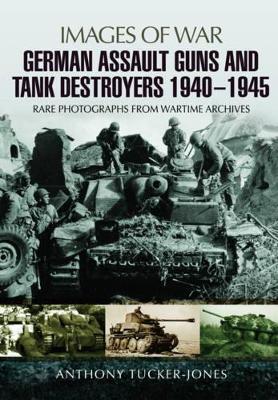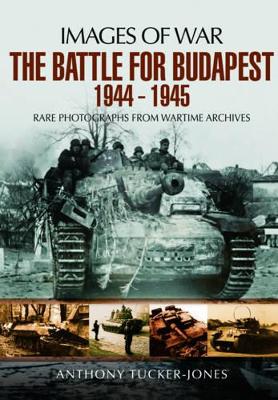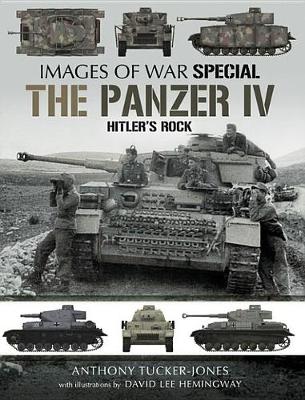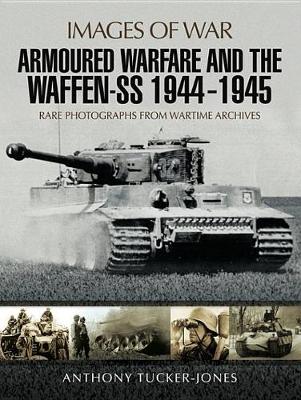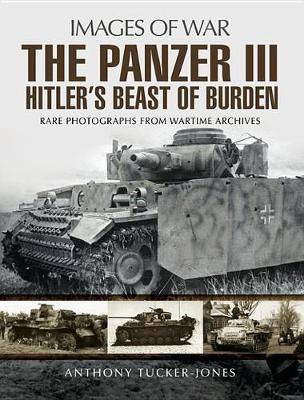Images of War
34 total works
German Assault Guns and Tank Destroyers 1940 - 1945
by Anthony Tucker-Jones
Anthony Tucker-Jones's photographic survey is an excellent introduction to late-twentieth-century armoured warfare, and it gives a fascinating insight into the military history of Israel and its Arab neighbours.
Anthony Tucker-Jones's expert account of these remarkable fighting vehicles is accompanied by a series of colour plates showing the main variants of the designs and the common ancillary equipment and unit markings. His book is an essential work of reference for enthusiasts.
Armoured Warfare from the Riviera to the Rhine, 1944-1945
by Anthony Tucker-Jones
Its relatively simple design also meant it was easy to maintain even in difficult conditions and it was used by armies across the Third World, in particular in wars in Angola, Ethiopia, Mozambique and Somalia. Anthony Tucker-Joness history of this remarkable armoured vehicle will be absorbing reading for tank enthusiasts and a valuable source for modellers.
Anthony Tucker-Jones's photographic survey of the ultimate tank battles of the Second World War illustrates the range of armoured fighting vehicles that were developed during the conflict, and it features the specialised vehicles deployed in Europe for the first time such as the Buffalo, DUKW, Weasel and Terrapin.
